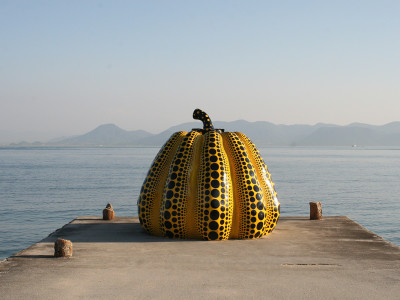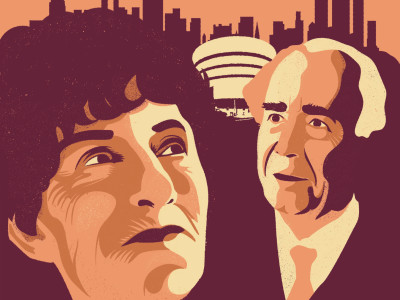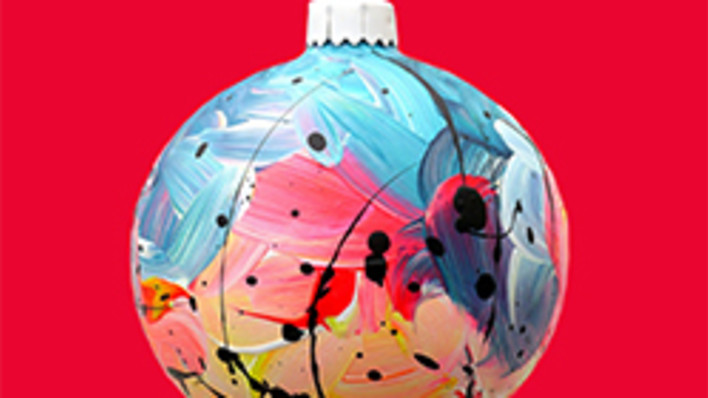
Abstract Expressionism
24 September 2016 - 2 January 2017
Main Galleries, Burlington House
Saturday – Thursday 10am – 6pm
Friday 10am – 10pm
£17 (£19 with donation). Concessions available. Friends of the RA and under 16s go free. Tickets include a multimedia guide and both Friends of the RA and their family guest will receive one for free.
Friends of the RA go free
Exploring an unparalleled period in American art, this long-awaited exhibition reveals the full breadth of a movement that will forever be associated with the boundless creative energy of 1950s New York.
In the "age of anxiety" surrounding the Second World War and the years of free jazz and Beat poetry, artists like Pollock, Rothko and de Kooning broke from accepted conventions to unleash a new confidence in painting.
Often monumental in scale, their works are at times intense, spontaneous and deeply expressive. At others they are more contemplative, presenting large fields of colour that border on the sublime. These radical creations redefined the nature of painting, and were intended not simply to be admired from a distance but as two-way encounters between artist and viewer.
It was a watershed moment in the evolution of 20th-century art, yet, remarkably, there has been no major survey of the movement since 1959.
This autumn we bring together some of the most celebrated art of the past century, offering the chance to experience the powerful collective impact of Pollock, Rothko, Still, de Kooning, Newman, Kline, Smith, Guston and Gorky as their works dominate our galleries with their scale and vitality.
We also acknowledge the lesser-known figures who contributed to the development of the movement. Finally, we include photography and sculpture to complete an ambitious re-evaluation of the phenomenon that saw New York take over from Paris as the capital of the art world.
The exhibition is co-curated by the independent art historian Dr David Anfam and Edith Devaney, Contemporary Curator at the Royal Academy of Arts.
Exhibition organised by the Royal Academy of Arts, London with the collaboration of the Guggenheim Museum Bilbao.
Join in with the hashtag #AbEx on Twitter and Instagram
Exhibition tour
Abstract Expressionism is at the Guggenheim Museum Bilbao from February 3 – June 4, 2017.
Supporters
-
Lead sponsor
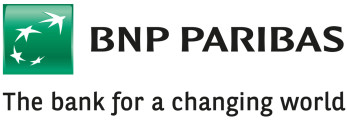
-
Supported by

-
Lead Supporter

Lead sponsor BNP Paribas
Reviews
-
"...from the sublime to the revelatory"
The Times
-
“...a feast of art, real, raw and wonderful”
The Telegraph -
"...might just be a once-in-a-lifetime opportunity."
Time Out -
"Gorgeous, sumptuous, thrilling"
The Arts Desk -
"This superlative show is huge in every sense"
City AM -
"A remarkable show"
Mail on Sunday -
"The show of the year"
The Sunday Times -
“...the most pleasurable, provocative exhibition of American art in this country this century”
The Financial Times
Five things you need to know about Abstract Expressionism
Abstract Expressionism was born from the common experience of artists living in 1940s New York. Two World Wars, the Great Depression, atomic devastation and an ensuing Cold War prompted early works reflecting the darkness of these times, and fed into the movement’s concerns with contemplation, expression and freedom.
Scale is a trademark of Abstract Expressionism. A number of the artists had been influenced by the experience of painting murals for the New Deal’s Federal Art Project, with many going on to favour monumental canvases that almost engulf the viewer. Meanwhile David Smith’s sculptures were designed to be viewed in the openness of the outdoors.
Abstract Expressionist art invites artist and viewer to meet. While the artist expresses their emotions and conveys a sense of their presence in the work, the viewer’s perception is the final component in the mix. Abstract painting "confronts you", Pollock said in 1950. As the Rothko Chapel in Houston exemplifies, the intensity of this encounter can be heightened by the way the work is displayed.
Jackson Pollock’s drip technique involved pouring industrial paint directly on raw canvas, laid on the floor. Through this working method he rejected the idea that a painting should have a central focal point, instead embracing the "all-over composition". The same was true of the colour field paintings of artists such as Mark Rothko and Ad Reinhardt.
Although the Abstract Expressionists were friends, colleagues and lovers, each of the artists had their own unique style. Unlike what came before with Cubism and Surrealism, Abstract Expressionism did not appear to follow a set formula. This diversity is a celebration of the individual artist’s freedom to express themselves.
Gallery
-
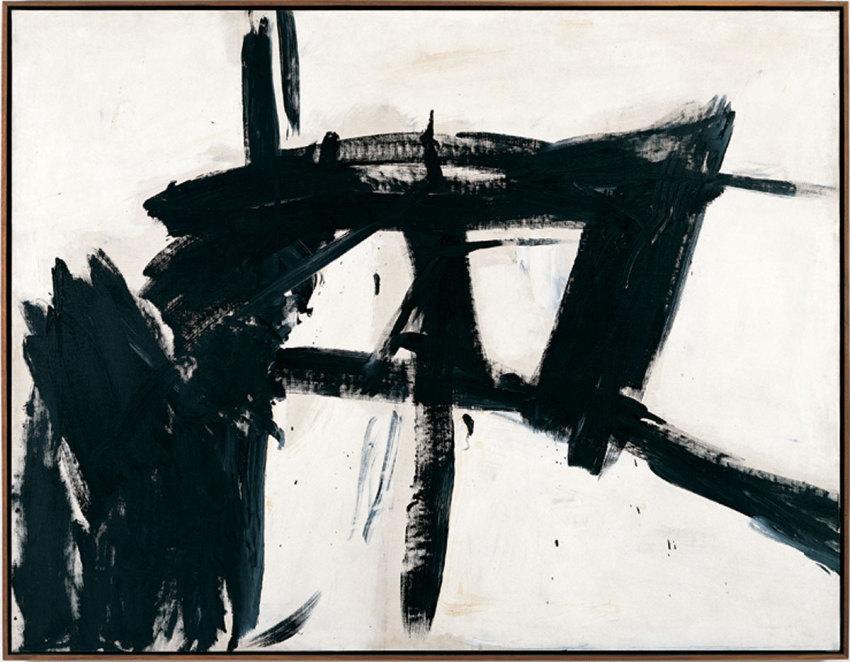
Vawdavitch, 1955
-
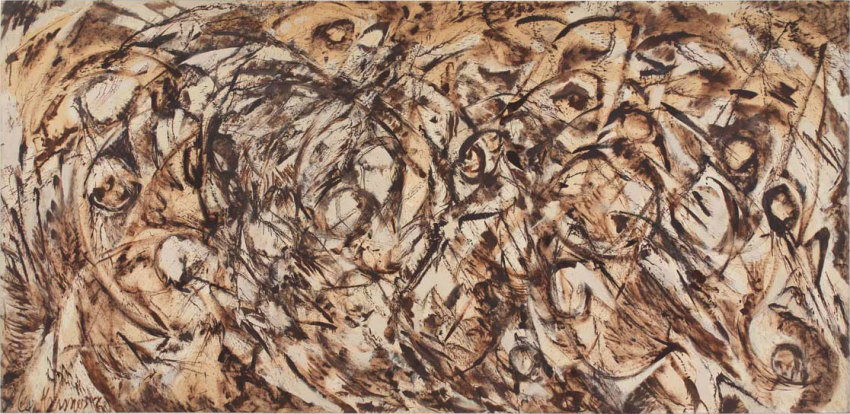
The Eye is the First Circle, 1960
-
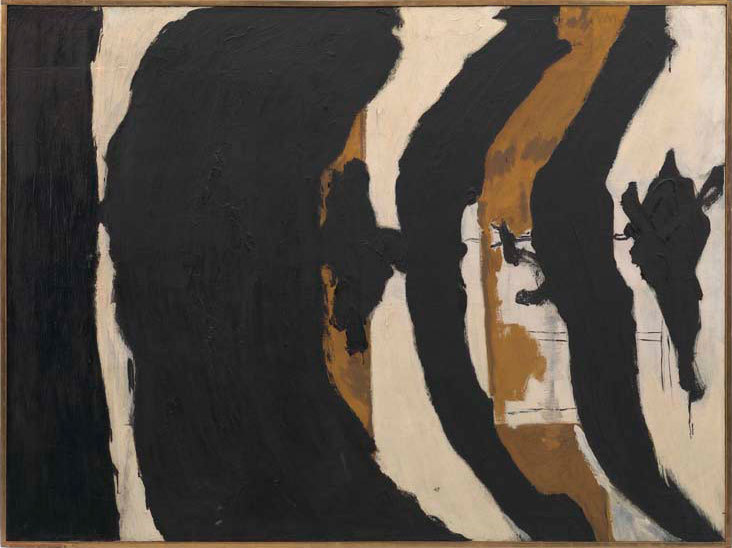
Wall Painting No III, 1953
-

Mural, 1943
-
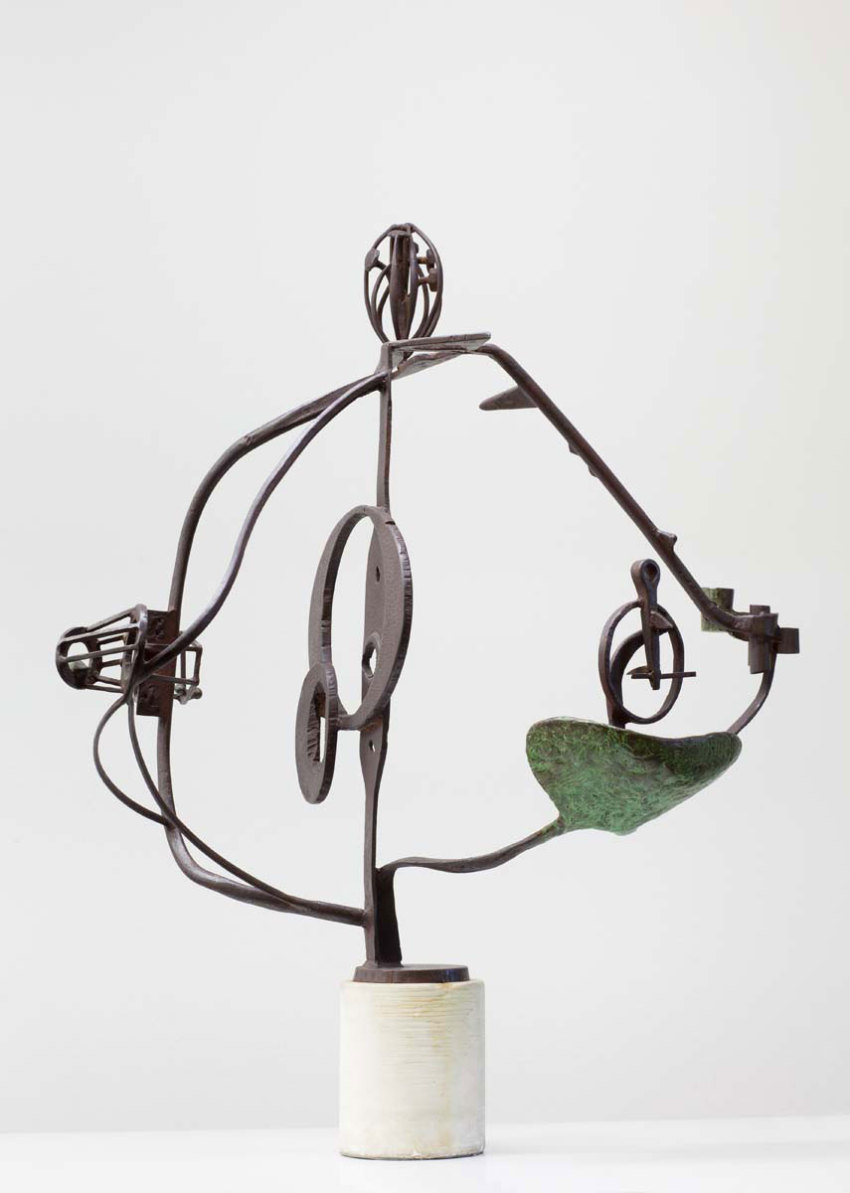
Blackburn, Song of an Irish Blacksmith, 1949-50
-
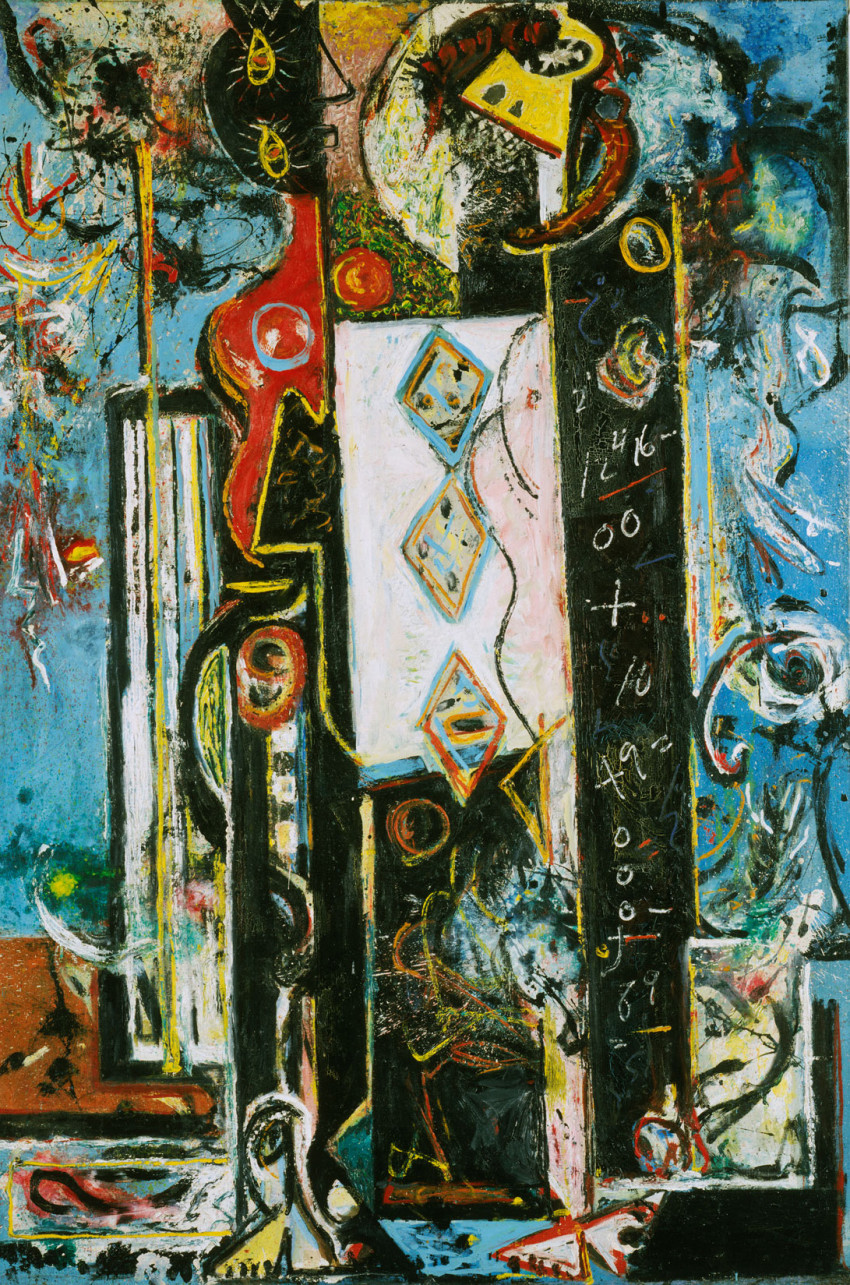
Male and Female, 1942-43
-
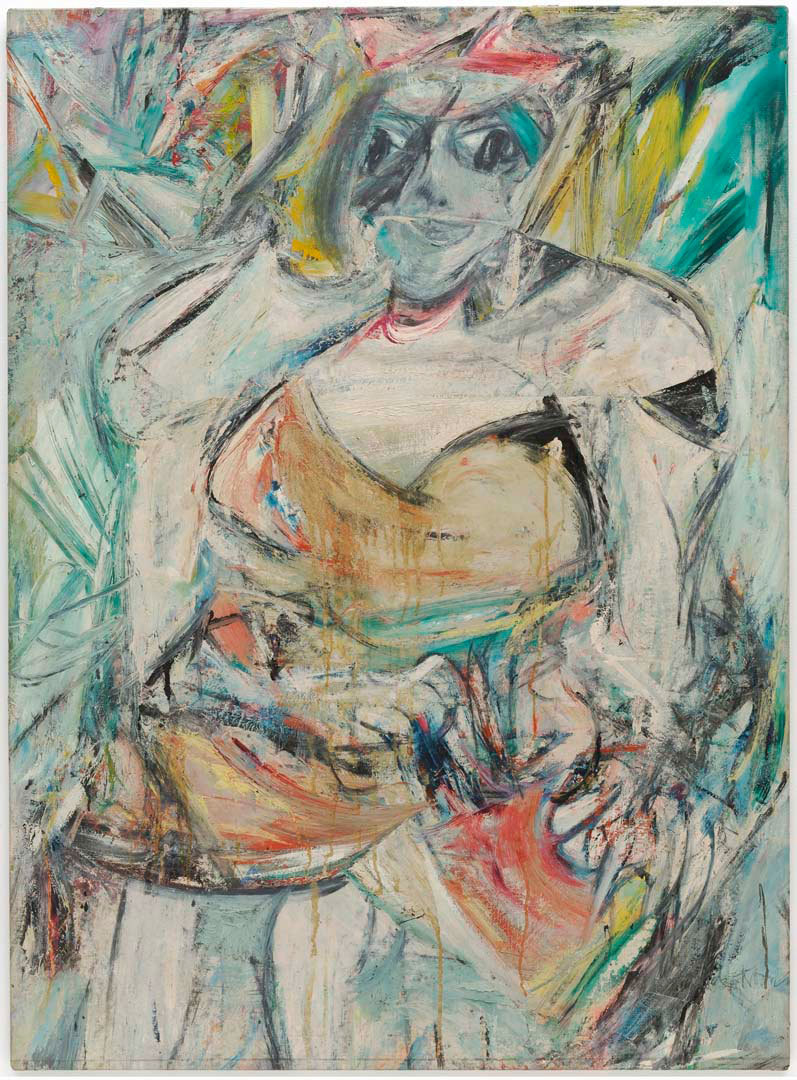
Woman II, 1952
-

No. 4 (Yellow, Black, Orange on Yellow/ Untitled), 1953
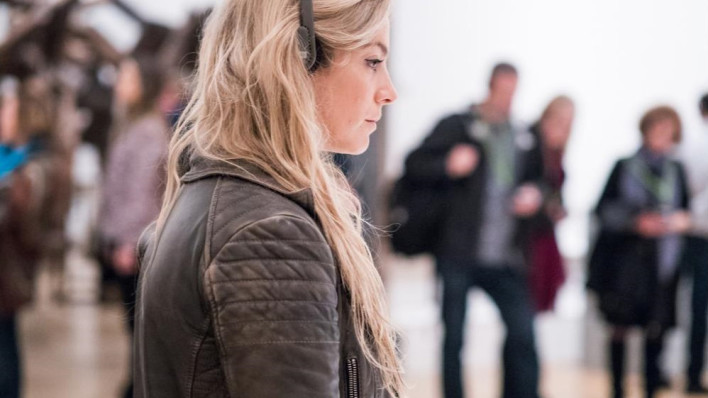
Tickets include a multimedia guide
A self-guided multimedia tour is free for Friends and their guests, and included with full price and concession tickets.*
Hear about key works from curators and practicing contemporary artists and listen to a piece of music composed for the Rothko Chapel. The guide will also showcase rare photographs offering insights into the artists’ techniques and working methods.
*Excluding Corporates and School Groups who can purchase guides at a reduced rate of £2.
Willem de Kooning in 60 seconds
In the fourth of our 60-second guides to the Abstract Expressionists, Tim Marlow takes a look at Willem de Kooning - the Dutch immigrant who became one of the most important and influential of the New York School painters.
Mark Rothko in 60 seconds
In the first part of our new video series on the Abstract Expressionists, the RA's Artistic Director Tim Marlow gives a quick introduction to the work of Mark Rothko.
Joan Mitchell in 60 seconds
In the third episode of our short introductions to leading Abstract Expressionist painters, the RA's Artistic Director Tim Marlow looks at the work of Joan Mitchell.
Clyfford Still in 60 seconds
Here's a 60-second intro to the enigmatic work of Clyfford Still, one of the leading Abstract Expressionist painters. Why is he less known in the UK than the likes of Rothko and Pollock? The RA's Artistic Director Tim Marlow explains.
ERROR - UnsupportedModule: AudioModule
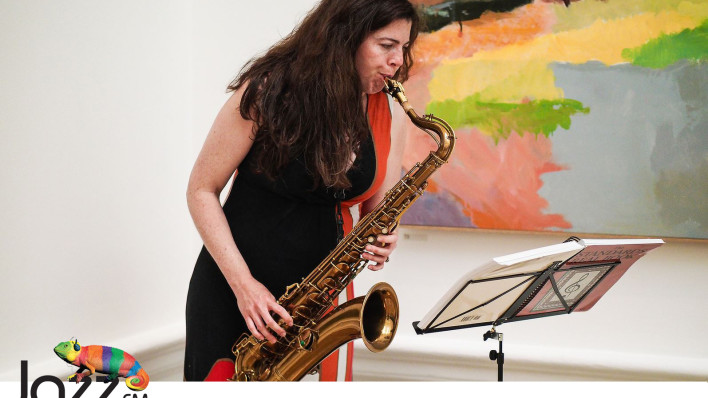
Jazz FM playlist
The RA has partnered with Jazz FM to create a playlist of music inspired by Abstract Expressionism. The principal of improvisation was central to the Abstract Expressionists' approach to making art. Because of this, a comparison has often been made with jazz, which reached its most experimental phase at about the same time as Abstract Expressionism.
As in paintings by Joan Mitchell, Sam Francis, Lee Krasner and Helen Frankenthaler, jazz moved between the spontaneous and the controlled, the apparently random with the melodic and ordered. Not all the Abstract Expressionists had an interest in music, but there are certainly parallels between the two art forms.

Tours
Get more out of the exhibition
Exhibition tours
45 minute introductory tours, free with an exhibition ticket, no booking required Wednesdays 2.30pm and Fridays 7pm
(28 September – 23 December 2016, except 2 November and 7 December)
In-gallery talks On the first Wednesday of each month, an in-gallery talk will be held in place of the introductory tour. Join leading artists Emyr Williams, Rebecca Salter RA or Matthew Collings and Emma Biggs as they discuss selected paintings in front of the works themselves.
Browse our Abstract Expressionism range
Richly illustrated and filled with fascinating insight on the Abstract Expressionism movement, this compelling book is the perfect accompaniment to our highly anticipated new exhibition.
A spectacular riot of colour, this scarf has been developed exclusively for the RA and is printed with Jackson Pollock's energetic and vividly coloured Blue Poles, 1952.
Featuring a detail from Jackson Pollock's iconic work Blue Poles, 1952, this fine bone china mug is exclusive to the RA.
Resources
Delve into the world of Jackson Pollock and Willem de Kooning through the Exhibition in Focus guide, our in-depth introduction to the exhibition for secondary and further education students and teachers.
Download our bespoke teacher resources to know more about an exhibition and get ideas for activities for your students before, during or after your visit to the RA.
We offer large-print guides to all of our exhibitions, available online or at the galleries for the duration of the show. For families, our 'Art Detectives' series provide fun and engaging exhibition trails that encourage younger children to explore our galleries at their own pace.

